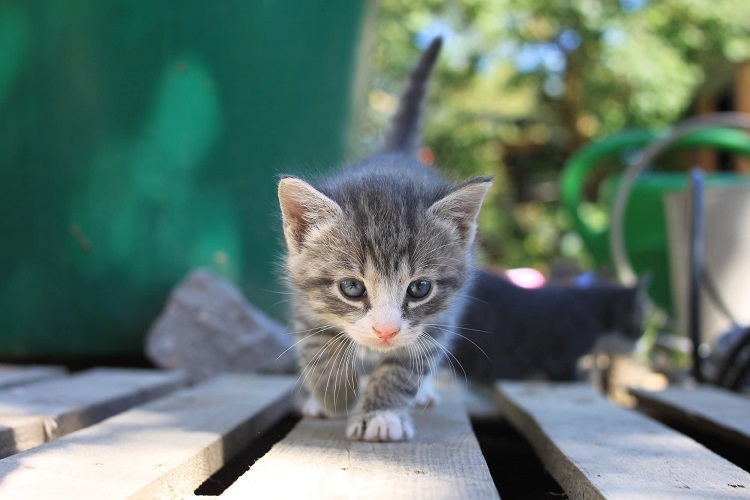Cats do not have much affinity towards moving from one place to another. They are extremely sensitive creatures and never fond of any kind of changes in their lives. As cats are very much territorial, even a small or short relocation can make them anxious as well as insecure. And if it is about a long distance travel or permanent shifting, it can become a more stressful scenario for your loving pet cat and for yourself too.
Therefore, as oversensitive to ambient differences, moving your cat can be a nightmarish experience for both you and your cat. But that doesn’t mean that it is an impossible task to accomplish. By following some preplanned measures and careful decisions can turn the whole relocation procedure sound and smooth.
Let’s take a look on some essential tips to relocate your cat that can ease your cat’s travel to broader extent:
- You should take good care of your cat on the very moving day. It is better to keep it in a quiet and calm place such as in the bedroom or any other room that won’t be used frequently by anybody else except you. The main motto is to lessen the cat’s travel stress by keeping it confined, far from the ongoing moving process in the house. Also, don’t forget to keep some food, water and of course litter boxes, so that the cat can use them as per it’s wish.
- Choose a comfortable and sturdy crate or carrier for your canine baby. Crates are larger than carriers. Carriers are suitable for flight cabin travel. But if you are transferring your cat by your own car or any other transport agency’s vehicle, you should better select a crate that is well ventilated at least from three sides. The crate must have multiple exits. Choose a crate made of hard plastic rather than fabric ones.
- Keep the crate in the backseat of your vehicle buckled with your vehicle’s seat belt so that it won’t slide while moving.
- Take your cat to your licensed vet for the health check up and also ask him if any kind of immunization or preventive measures should be taken. Make all the necessary vaccinations done. Also ask him how to deal with the cat’s nausea and stress diarrhea due to motion sickness.
- Gather all the essential travel documents like road permits or endorsements and transportation policy paperwork before traveling. Collect the updated health certificates and vaccination records signed by an accredited veterinarian. This process should not be older than 10 days before departure.
- Make your cat accustomed to it’s new crate. Encourage the cat to spend it’s leisures or take a nap inside the crate. Keep some of it’s favourite treats in the carrier so that it gets attracted to the crate.
- Make the crate comfortable and attractive to your cat by keeping a soft waterproof rug in the bottom of the crate. Keep one of it’s favourite belongings inside it. Also attach spill proof food bowls, litter boxes in the crate.
- Affix a proper travel tag to your cat’s collar that must contain your exact address with name and phone number and also an emergency phone number must be given. It is better to insert a customized microchip to your cat so that you will be able to trace it in case of loss or theft.
- Avoid feeding your cat just before departure. Try to end the feeding process at least 3 hours from traveling. Keep your cat hydrated but again don’t overdo. Keep some ice cubes in the food bowl inside the crate instead of water as cats don’t like wet surfaces. Try to give your cat wet food rather than giving too much water.
- Avoid traveling with your brachycephalic pet through the airlines or cargo holds. The high altitude air pressure can create difficulty in breathing that your push nosed pets.
- Try not to travel during summer or holidays with your cat. As cats are very delicate, they won’t be able to cope with the rush and mishandling due to excessive travel pressure by the airlines or cargo transporters.
- Pack your cat’s travel kit that must include food, bottled water, waste bags, tick remover, grooming supplies, medications, litter boxes, first aid kit etc.
- Don’t forget your cat inside the closed vehicle, even if the AC is on. If somehow the vehicle engine stops it would be suffocating.
- Don’t travel in the weather extremes. As the weather changes on a daily basis, you should book your tickets in climate controlled vehicles or airlines.







